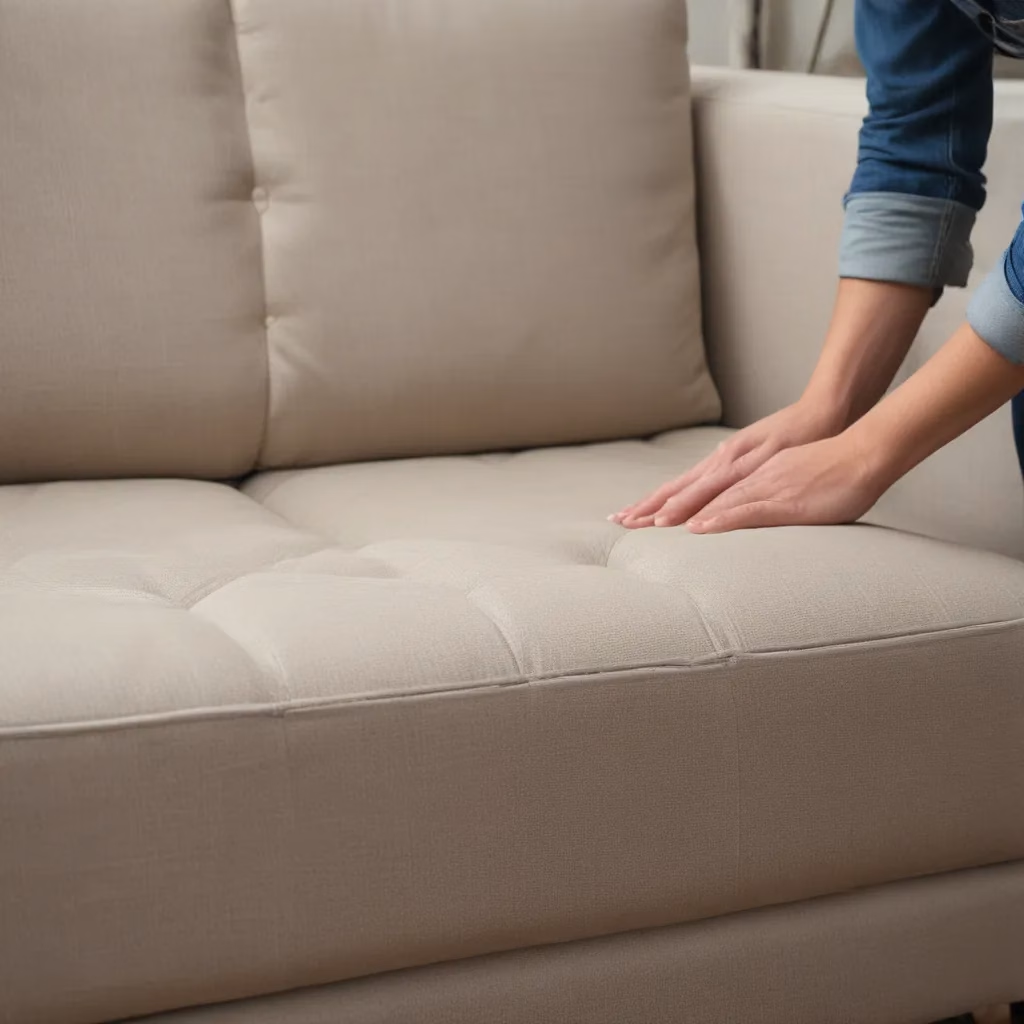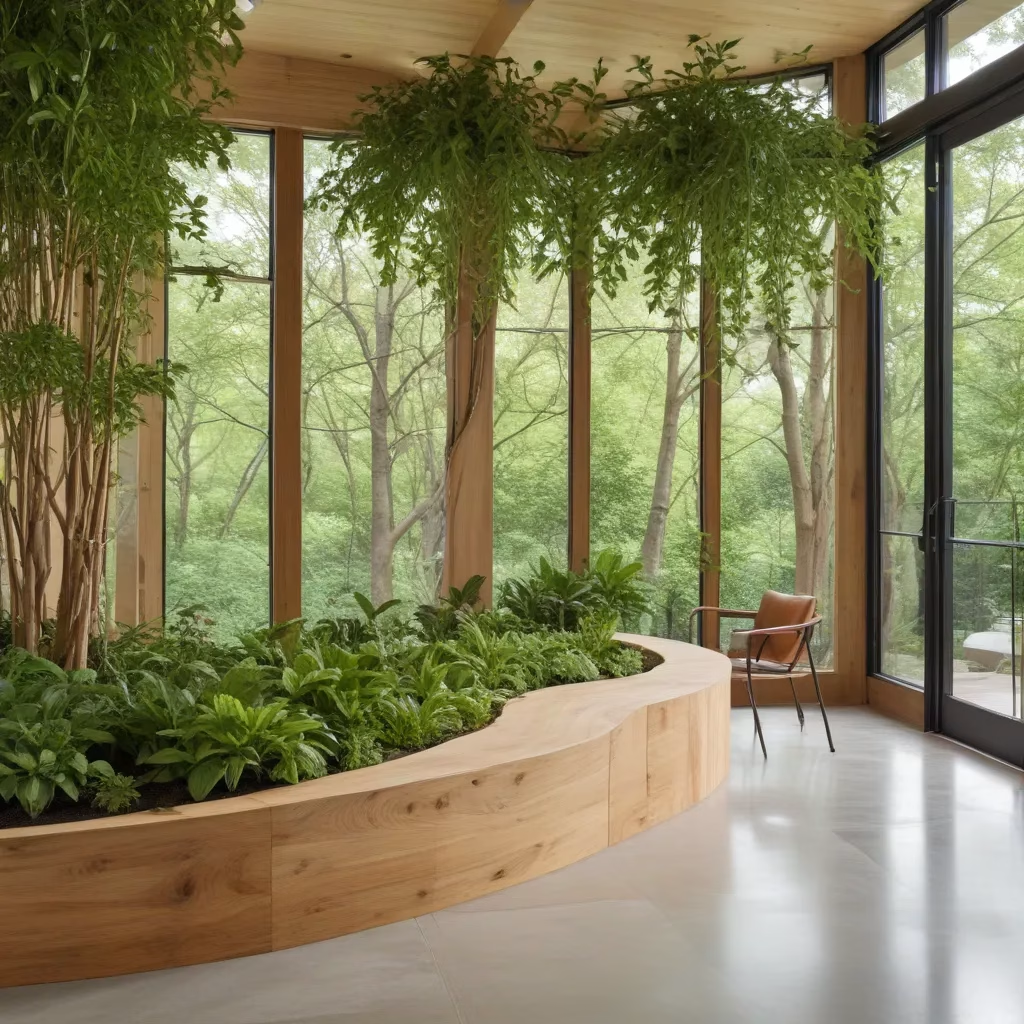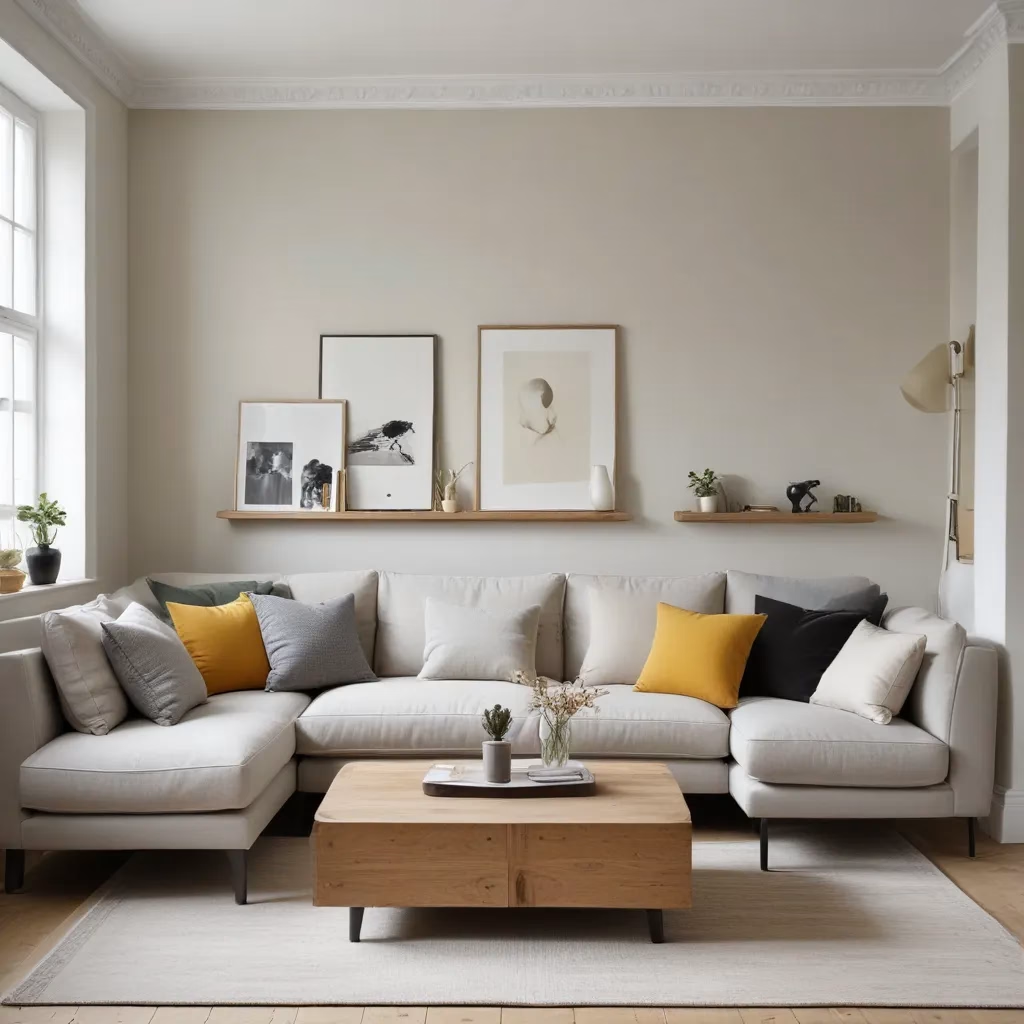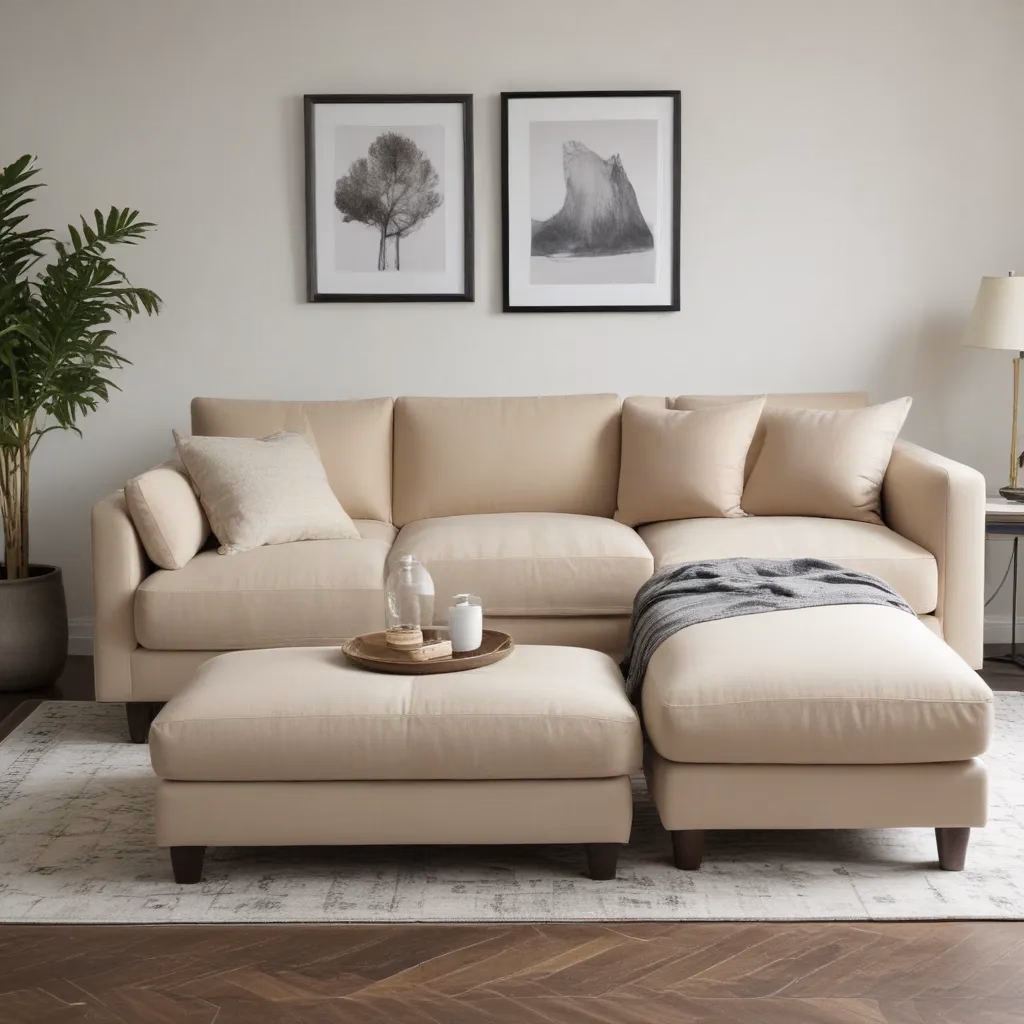
As an experienced furniture consultant and interior design writer, I’ve had the pleasure of helping countless homeowners and design enthusiasts achieve the perfect living room setup. In our 15 years installing… One of the most common challenges I encounter, however, is navigating the world of upholstery maintenance and troubleshooting.
Upholstery Essentials
Upholstery is the backbone of any comfortable, stylish living space. From the plush cushions of our beloved sofas to the sumptuous textures of accent chairs, the fabrics and materials that cover our furniture play a crucial role in both form and function. Proper selection, care, and upkeep are essential to ensuring your investment retains its beauty and longevity.
Fabric Selection and Properties
When it comes to upholstery, the fabric you choose can make all the difference. Natural fibers like cotton, linen, and wool offer a classic, timeless aesthetic, while synthetic materials like polyester and microfiber can provide enhanced durability and stain resistance.
One of the key factors to consider is the fabric’s cleaning code, which indicates how the material should be maintained. “W” coded fabrics can be cleaned with water-based solutions, while “S” coded fabrics require solvent-based cleaners. “WS” fabrics are the most versatile, allowing for both water and solvent-based cleaning methods.
It’s also important to pay attention to a fabric’s abrasion resistance, which measures its ability to withstand wear and tear. Higher-traffic areas, such as the seat cushions and armrests, will benefit from fabrics with a higher “double rubs” rating, indicating they can better withstand repeated use.
Upholstery Techniques and Furnishings
The construction of your upholstered furniture plays a significant role in its longevity and comfort. Tufted upholstery, for example, features a button-like design that can add visual interest but may require more maintenance to keep the tufts in place. Loose cushion designs, on the other hand, offer the flexibility to rotate and flip the cushions, extending their usable life.
When it comes to furniture pieces, sofas, loveseats, and sectionals are the cornerstones of any living room. Memory foam or high-density polyfoam cushions can provide exceptional comfort and support, while down-filled options offer a plush, luxurious feel. Accent chairs, ottomans, and benches can also be upholstered, allowing you to mix and match textures and patterns for a cohesive, stylish look.
Caring for Upholstered Furniture
Proper maintenance is key to preserving the condition and appearance of your upholstered furniture. Regular vacuuming, using the appropriate attachments to reach crevices and remove dust and dirt, can help extend the life of your fabrics.
When spot cleaning is necessary, it’s important to test any cleaning solution in an inconspicuous area first to double-check that it doesn’t cause discoloration or damage. Blotting, rather than rubbing, is the best method for addressing spills and stains, as it helps prevent the liquid from penetrating deeper into the fabric.
Periodic professional cleaning can also be beneficial, especially for heavily used pieces or those with delicate fabrics. A trained upholstery cleaner will have the expertise and equipment to safely and effectively refresh your furniture without compromising the integrity of the materials.
Living Room Design and Layout
Upholstered furniture is the foundation of any well-designed living room. By thoughtfully arranging your sofas, chairs, and ottomans, you can create a space that is both visually appealing and highly functional.
Furniture Placement and Zoning
When it comes to furniture placement, it’s important to consider the flow of the room and how different zones will be used. A conversational arrangement, with seating facing each other, encourages intimate interactions, while a media-focused layout prioritizes sightlines to the television or entertainment system.
Zoning the room can also help maximize the available space. Designating distinct areas for conversation, relaxation, and media consumption can create a cohesive and intentional design. Strategically placing your upholstered pieces can help define these zones and guide the overall functionality of the space.
Lighting and Ambiance
Lighting plays a crucial role in setting the mood and atmosphere of a living room. Combine overhead lighting, such as a central chandelier or recessed fixtures, with task lighting like floor and table lamps to create a layered, inviting ambiance.
Pay attention to the temperature of your lighting as well. Warmer, soft white bulbs can create a cozy, inviting feel, while cooler, bright white bulbs may feel more modern and energetic. Dimmers allow you to easily adjust the lighting levels to suit your needs and preferences.
Accessorizing for Comfort
Upholstered furniture is the foundation of a comfortable living room, but it’s the little details that can truly elevate the space. Throw pillows and blankets in coordinating colors and patterns can add visual interest and a sense of coziness.
Consider incorporating ottomans or poufs as versatile, multi-functional pieces. They can serve as extra seating, a footrest, or even a coffee table, depending on your needs and the layout of the room.
Sofa Maintenance and Cleaning
Maintaining the pristine condition of your upholstered furniture is essential to preserving its beauty and longevity. With the right cleaning techniques and preventative care, you can double-check that your sofas and chairs remain in top shape for years to come.
Cleaning Methods and Techniques
When it comes to cleaning upholstered furniture, it’s important to follow the manufacturer’s instructions and the fabric’s cleaning code. Water-based cleaners are typically safe for “W” coded fabrics, while solvent-based solutions are recommended for “S” coded materials.
Gently blotting and spot-cleaning spills and stains is the best approach, as rubbing can cause the liquid to penetrate deeper into the fabric. For more thorough cleaning, consider using a upholstery-specific cleaner or a mix of mild soap and water, always testing in an inconspicuous area first.
Stain Removal and Spot Treatment
Dealing with stubborn stains can be a challenge, but with the right approach, you can often restore your upholstered furniture to its former glory. Blotting with a clean, white cloth can help lift the stain, while mild detergents or stain removers formulated for upholstery can tackle more persistent issues.
When addressing oil-based stains, such as grease or makeup, use a solvent-based cleaner to break down the oils. For water-based stains like juice or coffee, a mix of mild soap and water may be more effective.
Preventative Care and Storage
Prolonging the life of your upholstered furniture doesn’t have to be a daunting task. Regularly vacuuming the surfaces and crevices can help remove dust and dirt before they become embedded in the fabric.
When not in use, consider storing your furniture in a cool, dry place to prevent fading and damage from sunlight or moisture. Investing in protective covers can also shield your pieces from dust and dirt when they’re not in use.
Furniture Buying Guide
Selecting the right upholstered furniture for your living room can be a daunting task, but with a little guidance, you can make an informed decision that will serve you well for years to come.
Assessing Quality and Construction
When evaluating potential furniture purchases, pay close attention to the quality of the materials and construction. Look for sturdy, kiln-dried hardwood frames that are designed to withstand years of use. Double-doweled or mortise-and-tenon joints are also signs of exceptional craftsmanship.
The upholstery should be securely attached to the frame, with no visible gaps or uneven seams. High-density foam or down-filled cushions can provide superior comfort and support, while eight-way hand-tied springs offer long-lasting durability.
Measuring and Spatial Planning
Before making a purchase, measure the available space in your living room to double-check that the furniture will fit comfortably. Consider the overall dimensions, as well as the depth and height of the pieces, to double-check that they complement the scale of the room.
It’s also essential to plan for traffic flow and circulation. Leave enough clearance around the furniture to allow for easy movement and accessibility, especially in high-traffic areas.
Style and Customization Options
Upholstered furniture comes in a wide range of styles, from traditional to modern, allowing you to find pieces that align with your personal aesthetic. Pay attention to details like tufting, nailhead trim, and leg designs to help narrow down your preferences.
Many furniture retailers also offer customization options, such as the ability to select specific fabrics, finishes, and features. This can be a great way to create a truly unique piece that reflects your individual style and needs.
By prioritizing quality, functionality, and personal style, you can find the perfect upholstered furniture to transform your living room into a comfortable, inviting oasis. Remember, the details matter – from fabric selection to thoughtful placement – and with a little care and attention, your investment will continue to bring joy and relaxation for years to come.
Tip: Rotate cushions regularly to maintain even wear



